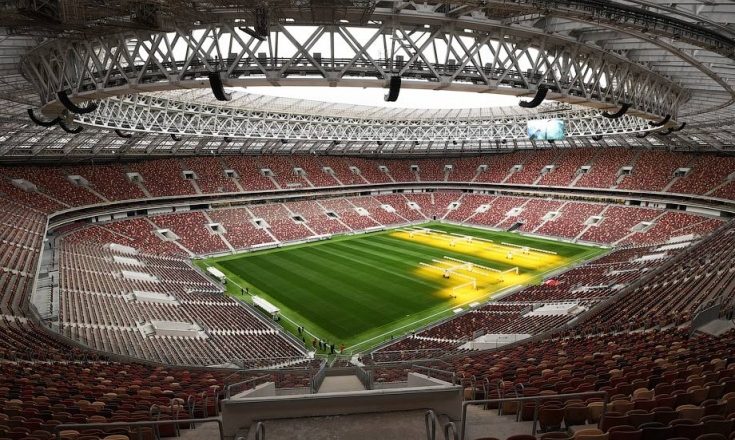Because everyone loves football so much, there has always been a demand for better and larger stadiums, many of which have evolved into the top stadiums in the world. Here is a list of the top 10 soccer stadiums in the globe in case you are unaware of their whereabouts.
Read more: Top 10 Best Football Jerseys
10. Football city, South Africa
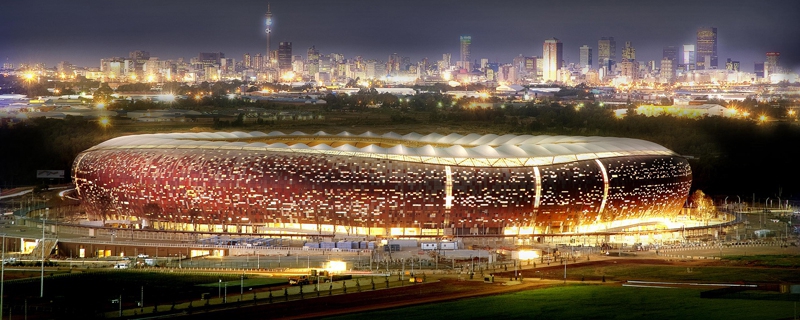
The First National Bank Stadium, often known as Soccer City, was constructed in 1989 but underwent renovations in 2009 in time for South Africa’s 2010 World Cup.
The stadium, which is home to the South African team Kaizer Chiefs, is best known for hosting the 2010 World Cup final parade, as well as the tournament’s opening game and goal, which was scored by Siphiwe Tshabalala on a pass into the back of a Mexican player. combine with drab effort.
Vuvuzelas can be difficult to ignore, but it shouldn’t take away from the soccer stadium’s fantastic atmosphere.
9. Maracanã, Rio de Janeiro
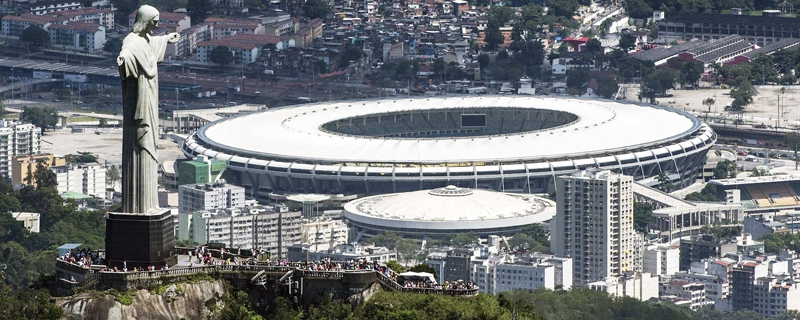
The Maracan is one of the most incredible football stadiums in the world, and it is situated in one of the most stunning towns in the world.
With an astounding 199,854 people, the stadium played host to the pivotal World Cup group match between Brazil and Uruguay in 1950 (there was no championship game this year). The game will be remembered as one of the greats in football history, despite the fact that the hosts were severely defeated.
8. San Siro, Italy
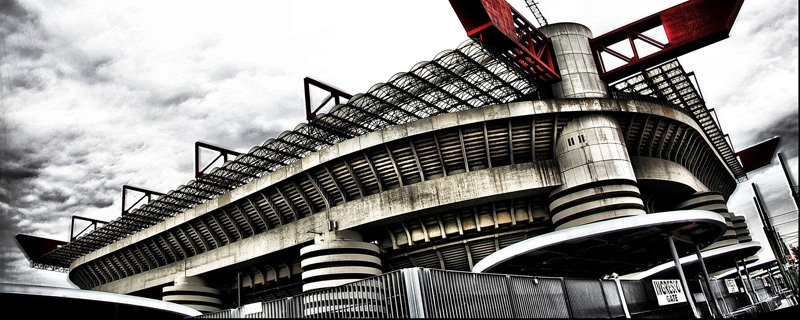
Two titans and rivals AC Milan and Internazionale call the multi-use San Siro stadium their home. It is both the largest and most well-known site in the nation.
The European Cup and Champions League finals were held at San Siro, one of the most prestigious stadiums in the world, which is also home to some of the top football players. No matter where a spectator sits, they will all have the best visibility thanks to the 80,018 seats that it can hold.
7. Anfield Road, UK
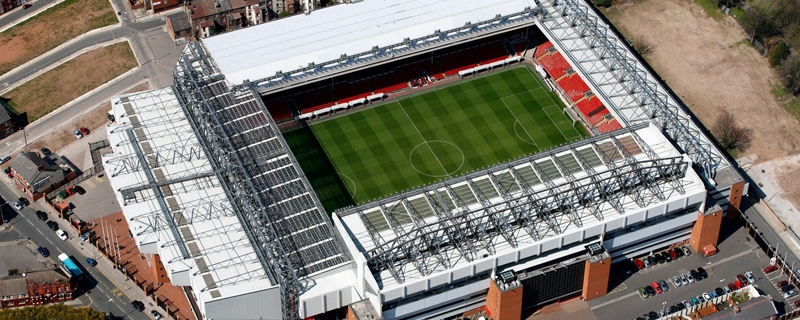
Liverpool’s Anfield is among the best stadiums, despite having a capacity of only 45,276 and being by no means a large stadium in terms of population.
Anfield is the home of the Reds, who have won five European Cups. It is a joy for any traveling teammates, but it continues to terrify any rivals. Anfield will always be a favorite of players and supporters alike thanks to the iconic “This Is Anfield” banner hanging in the tunnel and the fervent supporters shouting “You’ll Never Walk Alone.”
6. Santiago Bernabeu, Spain
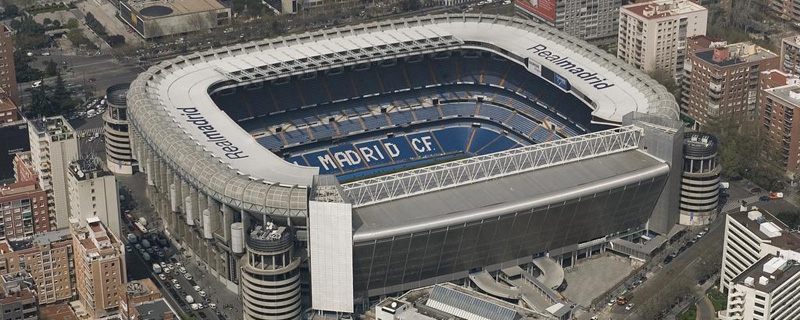
Santiago Bernabeu is home to one of the most successful clubs in Europe. With nine European titles, Real Madrid is secured on the pinnacle of world football and there could be no more suitable place for a club like this.
Originally opened in 1947, the Santiago Bernabeu has undergone two renovations, in 1982 and 2001, to meet the Galacticos ambitions. Over the years, the stadium has hosted many of the world’s best footballers, including Ferenc Puskas, Zinedine Zidane, Ronaldo and Cristiano Ronaldo, who walked proudly on the famous pitch. The world’s most expensive footballer Gareth Bale joined Santiago Bernabeu earlier this season, confirming that Real Madrid is a football giant.
Though overshadowed by the Camp Nou capacity, Santiago Bernabeu has always been the top choice when it comes to hosting soccer events, and will likely continue to do so for many more years to come given its prestige.
5. Aztec – Mexico
The only stadium to hold two World Cup finals is Mexico’s Estadio Azteca, which is renowned for its enormous capacity (104,000 seats) and explosive atmosphere when packed.
Sadly for England supporters, here is also where Diego Maradona scored his memorable “Hand of God” goal.
The number of English supporters may not have remembered the location, but there is no denying that the third-largest football stadium in the globe is among the best in the world.
4. Camp Nou, Spain
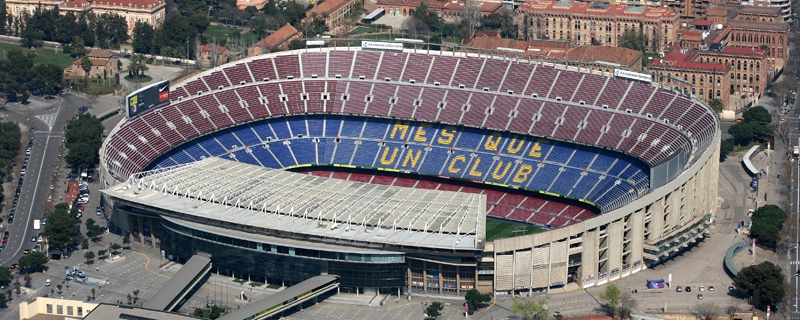
With a seating capacity of 98,757, Camp Nou is the biggest football stadium in Europe and the home of one of the biggest football teams. Football fans throughout the world are familiar with Barcelona’s catchphrase, “mes que un club,” and their stadium is central to all the club represents.
The Camp Nou had a capacity of more than 120,000 for the 1982 World Cup Final, but that number was reduced as a result of revisions to the law governing the stadium’s status.
3. Old Trafford, UK
Tenants at Old Trafford are divided. You either adore them or despise them. The Theater of Dreams is unquestionably a fantastic location, regardless of your inclinations.
The Red Devils’ home stadium, which was built in 1910 and was refurbished in 2006, can currently hold over 75,000 fans. It is the biggest club stadium in England.
With Sir Alex Ferguson’s recent resignation as manager, Manchester United seems to be entering a new era. Fans from all around the world will undoubtedly keep traveling to cosmopolitan Old Trafford to witness one of the most successful football clubs and feel the charm of the stadium.
2. Allianz Arena, Germany
Both football teams from Munich, Bayern Munich and 1860 Munich, play at the exquisitely constructed Allianz Arena. The only stadium in Europe that can switch colors to show which team is playing—red for Bayern and blue for 1860 Munich—is this one.
The Olympic Stadium, which featured a jogging track surrounding the pitch and had a less-than-impressive ambiance, was replaced by a stadium that was a major hit with both supporters because it allowed them to be closer to the field of play.
The relatively new Allianz Arena will be regarded as one of the best stadiums in the world for a very long time.
1. Wembley, UK
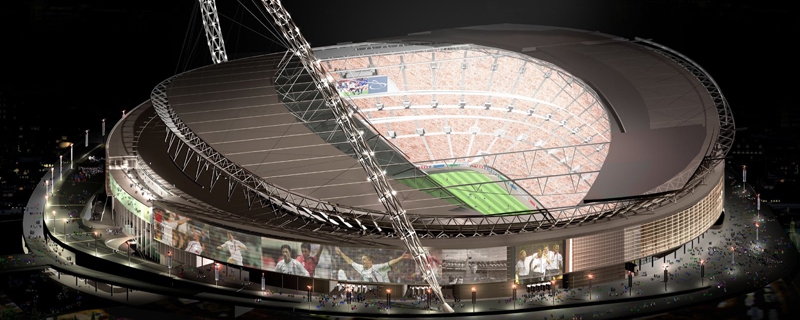
Wembley Stadium is undoubtedly the most famous stadium in the world of football. (Capacity: 90,000)
New Wembley re-opened in 2007 and was built on the site of the old Wembley Stadium from 1923. Famous for having one of the most electrifying atmospheres in the world in football, the new design took what was great about the original stadium and added to it. The famous twin towers may not be standing anymore, but Wembley Arch is in their place.
Organizing some of the most prestigious football events in Europe and internationally is now commonplace at The Home of Football.
